In this guide, we will show you various methods to fix the issue of scroll not working in the Apple Magic Mouse on your Windows 10/11 PC. Keeping the aesthetics aside, one major reason why the wireless mouse from the Cupertino giant is so popular among the masses is the plethora of nifty gestures that it beholds.
From swiping left and right for switching pages and apps, to double tapping to zoom in/out, or moving your fingers up and down for scroll, its usage experience is literally unparalleled. Owing to this, it’s no hidden secret why many Windows users are also inclined towards this mouse.

But while they are able to successfully pair their Apple Magic Mouse with their Windows 10/11PC, they are unable to use the scrolling gesture. If you are also in the same boat, then this guide shall help you out. Follow along for the fixes.
Table of Contents
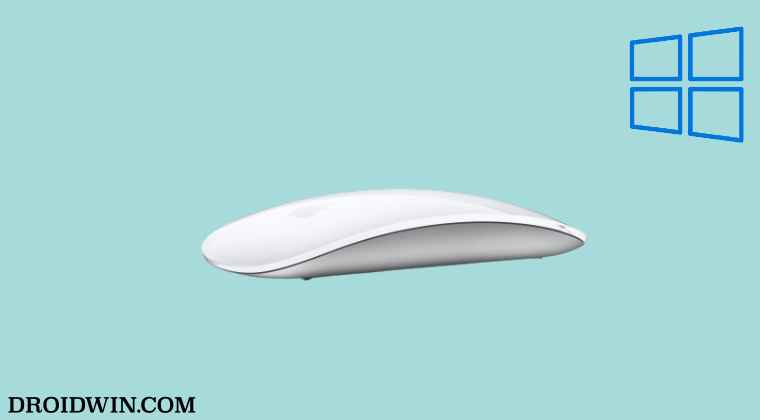
It is recommended that you try out each of the below-mentioned workarounds and then see which one spells out success for you. So with that in mind, let’s get started.
FIX 1: Install AppleWirelessMouse64
AppleWirelessMouse64 is the Windows driver software from Apple for your Magic Mouse. This is the first prerequisite that your PC should have before you could use the mouse or any of these gestures. So if you haven’t installed it yet, then do so right away.
- To begin with, download the official Boot Camp Support Software from Apple.
- Once downloaded, extract it to any convenient location on your PC.
- Then go to the extracted folder > BootCamp > Drivers > Apple.
- Now double-click on the applewirelessmouse64.exe file to launch the setup.
- Then proceed with the on-screen instructions to complete the setup.
- Once done, check if it fixes the scroll not working in the Apple Magic Mouse in Windows 10/11.
FIX 2: Install Magic Utilities
Many users were able to resolve this issue after trying out the Magic Utilities third-party app. Do note that it only comes with a 28-day free trial version after which you’ll have to shell out some bucks. So with that in mind, let’s get started.
- To begin with, download the Magic Utilities app on your PC.
- Then launch it, check Magic Mouse Utilities, and click Next.
- The installation will now begin. Once done, hit Finish.
- Magic Utilities will now launch, check Scrolling to enable it.
- Then tweak the rest of the scrolling settings as per your requirement.
- Check if it fixes the scroll not working in the Apple Magic Mouse in Windows 10/11.
FIX 3: Re-Pair Magic Mouse
Your next course of action should be to unpair your mouse from your PC and then re-pair it. This will refresh the underlying Bluetooth settings of your mouse and could well resolve the underlying issue as well. So let’s put this fix to the test and check out the results.
- Launch the Settings menu via Windows+I shortcut keys.
- Then go to Bluetooth & Devices section from the left menu bar.
- Now click on the overflow icon next to your mouse and select Remove Device.
- Once done, go to Bluetooth and Devices and click on Add Device.
- After that, select Bluetooth from the list.
- Now click on Mouse from the list of devices. That’s it.
- Your Apple Mouse is now paired and connected with your Windows 10/11 PC.
- Check if it fixes the scroll not working in the Apple Magic Mouse in Windows 10/11.
FIX 4: Uninstall Third-Party Apps
If you have any other mouse-related third-party software installed on your PC, then it might conflict with the normal functioning of the mouse. Therefore, it is recommended to remove all those apps and then check out the results.
- Bring up Run via Windows+R shortcut keys.
- Then type in the below keyword and hit Enter.
appwiz.cpl
- Now select the conflicting third-party app from the list and hit Uninstall.
- Check if it fixes the scroll not working in the Apple Magic Mouse in Windows 10/11.
FIX 5: Disable Third-Party Services
A third-party service could also create a few roadblocks in the scroll functioning of your mouse. Therefore, you should consider disabling all the non-Microsoft-related services and then test out the results. Here’s how it could be done:
- Head over to the Start Menu, search System Configuration, and open it.
- Then go to the Services tab, checkmark Hide All Microsoft Services, and click on the Disable All button.
- Then go to the Startup tab and click on Open Task Manager.
- Now select a process from the list and click Disable. Do so for all the running services.
- Once done, restart your PC, and check if it fixes the scroll not working in the Apple Magic Mouse in Windows 10/11.
FIX 6: Boot to Safe Mode
In some instances, a third-party app might conflict with the normal data exchange process. The best way to verify and hence rectify this issue is to boot your PC to Safe Mode. Doing so will disable all the third-party apps and give you the stock environment with just the system apps. If you are able to install the app in this mode, then the culprit is indeed a third-party app or software. Therefore, you should consider uninstalling it right away. Here’s how:
- Bring up the Run dialog box via Windows+R shortcut keys.
- Then type in the below command and hit Enter to open the System Configuration menu
msconfig
- Now go to its Boot tab and checkmark Safe Mode under Boot Options.
- Finally, click OK followed by Restart in the confirmation dialog box.
- Your PC will now boot to Windows Recovery Environment.
- Go to Troubleshoot > Advanced options > Startup Settings > Click Restart > Press 4 to boot to Safe Mode.
- Check if it fixes the scroll not working in the Apple Magic Mouse in Windows 10/11. If it does, then one of the third-party apps is indeed the culprit.
- So boot your PC to the normal mode and then uninstall the recently installed apps after which you started facing this issue.
That’s it. These were the various methods to fix the issue of the scroll not working in the Apple Magic Mouse on your Windows 10/11 PC. If you have any queries concerning the aforementioned steps, do let us know in the comments. We will get back to you with a solution at the earliest.
Readers help support Windows Report. We may get a commission if you buy through our links.
Read our disclosure page to find out how can you help Windows Report sustain the editorial team. Read more
Magic Mouse is an Apple mouse that users can also utilize within Windows 10. However, some users have stated in forums that Magic Mouse scrolling doesn’t work in Windows 10. Those users can move the cursor with the mouse but can’t scroll down windows.
Why Apple’s Magic Mouse 2 scroll is not working?
Firstly, install the AppleWirelessMouse64.exe driver from Boot Camp. These drivers seemingly work with Windows 10 perfectly and make the mouse fully functional in Windows 10. If that doesn’t help, install the Magic Utilities client application or uninstall conflicting software.
See the instructions for the aforementioned solutions below.
1. Install AppleWirelessMouse64.exe From Boot Camp
- A lot of users have fixed Magic Mouse scrolling by reinstalling the driver for the mouse from Boot Camp. To do that, users will need to download Boot Camp by clicking Download on the Boot Camp Support software page.
- Open File Explorer’s window by pressing the Windows key + E hotkey.
- Next, open the folder that includes the downloaded BootCamp ZIP.
- Select the BootCamp ZIP, and click the Extract all button.
- Click Browse to choose a folder to extract the ZIP file to.
- Select the Extract option.
- Open the \BootCamp5.1.5621\BootCamp\Drivers\Apple path in File Explorer.
- Click AppleWirelessMouse64.exe in the Apple folder to reinstall the driver.
2. Install Magic Utilities
Users have confirmed they’ve fixed Magic Mouse 2 scrolling with Magic Utilities. There’s a 28-day trial package of Magic Utilities users can try out. After that, however, users will need to purchase a one or two-year subscription for the software. This is how users can add Magic Utilities to Windows.
- Click MagicUtilities-Setup-3.0.7.0-Win10.exe on the software’s download page to get the installer for Windows 10.
- Open the Magic Utilities setup wizard.
- Select the NO, my computer is not an Apple computer option.
- Restart Windows after installing Magic Utilities.
3. Uninstall Conflicting Software
More general mouse scrolling errors can be due to conflicting third-party software. So, some users might need to uninstall conflicting third-party mouse software to fix Magic Mouse 2’s scrolling. Follow the guidelines below to remove conflicting software.
- Right-click the Start button and select Run.
- Enter ‘appwiz.cpl’ in Run and click OK to open the uninstaller window.
- Then selecting any third-party mouse software listed there that might conflict with Magic Mouse.
- Select the Uninstall button to remove the selected software.
- Alternatively, users can clean boot Windows to ensure there isn’t any software conflicting with Magic Mouse. To do that, enter ‘msconfig’ in Run and click OK.
- Select the Selective startup, Load system services, and Use the original boot configuration options on the General tab.
- Deselect the Load startup items check box.
- Select Hide all Microsoft services check box on the Services tab.
- Then press the Enable all button, and select the Apply option.
- Click OK to close the System Configuration utility, and then press the Restart button.
The above resolutions will probably fix Magic Mouse 2 scrolling for most users. If further fixes are needed, however, it might be a hardware issue. In this case, users can return Magic Mouse 2 peripherals to Apple for repairs so long as they fall within their one-year warranty period.
RELATED ARTICLES TO CHECK OUT:
- Got a Windows 10 Apple iPhone driver error? Fix it now
- Fix: Bluetooth mouse not working in Windows 10
Matthew Adams
Windows Hardware Expert
Matthew is a freelancer who has produced a variety of articles on various topics related to technology. His main focus is the Windows OS and all the things surrounding it.
He is passionate about the tech world, always staying up-to-date with the latest and greatest. With an analytical view, he likes problem-solving, focusing on errors and their causes.
In his free time, he likes to read and write about history and tries to always develop new skills.
AFAIK, the Apple Boot Camp support software was designed to work with Boot Camp on an Apple device for running a number of versions of Windows. I do not believe Apple supports it running directly on a Windows-based device.
However, see if the following set of steps can work for you. (Note: I don’t have your exact set of equipment, so I can’t verify that this will work for you.)
- If you’ve already added your Magic Mouse as a Bluetooth device in Windows 10 (you didn’t mention which version of Windows your laptop is running,) remove it before beginning.
- Download Apple’s Bootcamp Support Software here: Download Boot Camp Support Software 5.1.5769 (AM)
- Unzip the file and navigate to the following folder: bootcamp5.1.5769\Bootcamp\Drivers\Apple
- Double-click on the file AppleWirelessMouseDriver64.exe. This will install the proper driver for the Magic Mouse.
- Add your Magic Mouse under Windows 10 Bluetooth devices.
It appears from what you posted, you may have already tried these steps, but even if you have, it may be worth the time to try again. If this still doesn’t work, there just may be an incompatibility issue. Regardless, you can still contact Apple Support for assistance. To do so, simply select the «Support» link on the bottom left-hand side of this forum’s web page.
-
Windows Support Forums
-
Devices and Drivers
You should upgrade or use an alternative browser.
Solved Apple Magic Mouse 2 not scrolling
-
Thread starter
Thread starterspapakons
-
Start date
Start date
- Local time
- 9:54 PM
- Posts
- 5,690
- Location
-
Athens
- OS
- Windows 11 Pro 23H2 (build 22631.4249) test laptop, Windows 11 Pro v24H2 (build 26100.3476) main PC
-
-
#1
My colleague has an Apple Magic Mouse 2 from his MacBook and he connected it to his Windows 11 laptop. The mouse would move and click/right-click but was not scrolling. Installing the Apple mouse driver from Bootcamp utilities or Brigadier didn’t work. He could either install the trial version of Magic Utilities to make scroll work or update the driver. The free solution was to update the driver with Snappy Driver Installer. I post that for other posters with the same issue.
My Computers
-
- OS
- Windows 11 Pro 23H2 (build 22631.4249) test laptop, Windows 11 Pro v24H2 (build 26100.3476) main PC
- Computer type
- Laptop
- Manufacturer/Model
- Acer Extensa 5630EZ
- CPU
- Mobile DualCore Intel Core 2 Duo T7250, 2000 MHz
- Motherboard
- Acer Extensa 5630
- Memory
- 4GB
- Graphics Card(s)
- Mobile Intel(R) GMA 4500M (Mobile 4 series)
- Sound Card
- Realtek ALC268 @ Intel 82801IB ICH9 — High Definition Audio Controller
- Monitor(s) Displays
- 1
- Screen Resolution
- 1280×800
- Hard Drives
- Samsung SSD 850 EVO 250GB SATA Device (250 GB, SATA-III)
- Internet Speed
- VDSL 50 Mbps
- Browser
- MICROSOFT EDGE
- Antivirus
- WINDOWS DEFENDER
- Other Info
- Legacy MBR installation, no TPM, no Secure Boot, no WDDM 2.0 graphics drivers, no SSE4.2, cannot get more unsupported
This is only my test laptop. I had installed Windows 11 here before upgrading my main PC. For my main PC I use everyday see my 2nd system specs.
-
- Operating System
- Windows 11 Pro v24H2 (build 26100.3476)
- Computer type
- PC/Desktop
- Manufacturer/Model
- Custom-built PC
- CPU
- Intel Core-i7 3770 3.40GHz s1155 (3rd generation)
- Motherboard
- Asus P8H61 s1155 ATX
- Memory
- 2x Kingston Hyper-X Blu 8GB DDR3-1600
- Graphics card(s)
- Gainward NE5105T018G1-1070F (nVidia GeForce GTX 1050Ti 4GB GDDR5)
- Sound Card
- Realtek HD audio (ALC887)
- Monitor(s) Displays
- Sony Bravia KDL-19L4000 19″ LCD TV via VGA
- Screen Resolution
- 1440×900 32-bit 60Hz
- Hard Drives
- WD Blue SA510 2.5 1000GB SSD as system disk, Western Digital Caviar Purple 4TB SATA III (WD40PURZ) as second
- PSU
- Thermaltake Litepower RGB 550W Full Wired
- Case
- SUPERCASE MIDI-TOWER
- Cooling
- Deepcool Gamma Archer CPU cooler, 1x 8cm fan at the back
- Mouse
- Sunnyline OptiEye PS/2
- Keyboard
- Mitsumi 101-key PS/2
- Internet Speed
- 100Mbps
- Browser
- Microsoft Edge, Mozilla Firefox
- Antivirus
- Microsoft Windows Defender
- Other Info
- Legacy BIOS (MBR) installation, no TPM, no Secure Boot, WDDM 3.0 graphics drivers, WEI score 7.4
-
-
#2
My Computers
-
- OS
- Win11 Pro RTM
- Computer type
- Laptop
- Manufacturer/Model
- Dell Vostro 3400
- CPU
- Intel Core i5 11th Gen. 2.40GHz
- Memory
- 12GB
- Hard Drives
- 256GB SSD NVMe M.2
-
- Operating System
- Windows 11 Pro RTM x64
- Computer type
- PC/Desktop
- Manufacturer/Model
- Dell Vostro 5890
- CPU
- Intel Core i5 10th Gen. 2.90GHz
- Memory
- 16GB
- Graphics card(s)
- Onboard, no VGA, using a DisplayPort-to-VGA adapter
- Monitor(s) Displays
- 24″ Dell
- Hard Drives
- 512GB SSD NVMe, 4TB Seagate HDD
- Browser
- Firefox, Edge
- Antivirus
- Windows Defender/Microsoft Security
- Local time
- 9:54 PM
- Posts
- 5,690
- Location
-
Athens
- OS
- Windows 11 Pro 23H2 (build 22631.4249) test laptop, Windows 11 Pro v24H2 (build 26100.3476) main PC
-
-
#3
My Computers
-
- OS
- Windows 11 Pro 23H2 (build 22631.4249) test laptop, Windows 11 Pro v24H2 (build 26100.3476) main PC
- Computer type
- Laptop
- Manufacturer/Model
- Acer Extensa 5630EZ
- CPU
- Mobile DualCore Intel Core 2 Duo T7250, 2000 MHz
- Motherboard
- Acer Extensa 5630
- Memory
- 4GB
- Graphics Card(s)
- Mobile Intel(R) GMA 4500M (Mobile 4 series)
- Sound Card
- Realtek ALC268 @ Intel 82801IB ICH9 — High Definition Audio Controller
- Monitor(s) Displays
- 1
- Screen Resolution
- 1280×800
- Hard Drives
- Samsung SSD 850 EVO 250GB SATA Device (250 GB, SATA-III)
- Internet Speed
- VDSL 50 Mbps
- Browser
- MICROSOFT EDGE
- Antivirus
- WINDOWS DEFENDER
- Other Info
- Legacy MBR installation, no TPM, no Secure Boot, no WDDM 2.0 graphics drivers, no SSE4.2, cannot get more unsupported
This is only my test laptop. I had installed Windows 11 here before upgrading my main PC. For my main PC I use everyday see my 2nd system specs.
-
- Operating System
- Windows 11 Pro v24H2 (build 26100.3476)
- Computer type
- PC/Desktop
- Manufacturer/Model
- Custom-built PC
- CPU
- Intel Core-i7 3770 3.40GHz s1155 (3rd generation)
- Motherboard
- Asus P8H61 s1155 ATX
- Memory
- 2x Kingston Hyper-X Blu 8GB DDR3-1600
- Graphics card(s)
- Gainward NE5105T018G1-1070F (nVidia GeForce GTX 1050Ti 4GB GDDR5)
- Sound Card
- Realtek HD audio (ALC887)
- Monitor(s) Displays
- Sony Bravia KDL-19L4000 19″ LCD TV via VGA
- Screen Resolution
- 1440×900 32-bit 60Hz
- Hard Drives
- WD Blue SA510 2.5 1000GB SSD as system disk, Western Digital Caviar Purple 4TB SATA III (WD40PURZ) as second
- PSU
- Thermaltake Litepower RGB 550W Full Wired
- Case
- SUPERCASE MIDI-TOWER
- Cooling
- Deepcool Gamma Archer CPU cooler, 1x 8cm fan at the back
- Mouse
- Sunnyline OptiEye PS/2
- Keyboard
- Mitsumi 101-key PS/2
- Internet Speed
- 100Mbps
- Browser
- Microsoft Edge, Mozilla Firefox
- Antivirus
- Microsoft Windows Defender
- Other Info
- Legacy BIOS (MBR) installation, no TPM, no Secure Boot, WDDM 3.0 graphics drivers, WEI score 7.4
-
-
#4
It is Bluetooth. Upon updating the driver it will not respond. Just use the laptop touchpad or another mouse to restart the computer and will work fine.
Agreed, Bluetooth does have to be refreshed in Windows’ loading at times.
My Computers
-
- OS
- Win11 Pro RTM
- Computer type
- Laptop
- Manufacturer/Model
- Dell Vostro 3400
- CPU
- Intel Core i5 11th Gen. 2.40GHz
- Memory
- 12GB
- Hard Drives
- 256GB SSD NVMe M.2
-
- Operating System
- Windows 11 Pro RTM x64
- Computer type
- PC/Desktop
- Manufacturer/Model
- Dell Vostro 5890
- CPU
- Intel Core i5 10th Gen. 2.90GHz
- Memory
- 16GB
- Graphics card(s)
- Onboard, no VGA, using a DisplayPort-to-VGA adapter
- Monitor(s) Displays
- 24″ Dell
- Hard Drives
- 512GB SSD NVMe, 4TB Seagate HDD
- Browser
- Firefox, Edge
- Antivirus
- Windows Defender/Microsoft Security
- Local time
- 9:54 PM
- Posts
- 5,690
- Location
-
Athens
- OS
- Windows 11 Pro 23H2 (build 22631.4249) test laptop, Windows 11 Pro v24H2 (build 26100.3476) main PC
-
-
#5
My Computers
-
- OS
- Windows 11 Pro 23H2 (build 22631.4249) test laptop, Windows 11 Pro v24H2 (build 26100.3476) main PC
- Computer type
- Laptop
- Manufacturer/Model
- Acer Extensa 5630EZ
- CPU
- Mobile DualCore Intel Core 2 Duo T7250, 2000 MHz
- Motherboard
- Acer Extensa 5630
- Memory
- 4GB
- Graphics Card(s)
- Mobile Intel(R) GMA 4500M (Mobile 4 series)
- Sound Card
- Realtek ALC268 @ Intel 82801IB ICH9 — High Definition Audio Controller
- Monitor(s) Displays
- 1
- Screen Resolution
- 1280×800
- Hard Drives
- Samsung SSD 850 EVO 250GB SATA Device (250 GB, SATA-III)
- Internet Speed
- VDSL 50 Mbps
- Browser
- MICROSOFT EDGE
- Antivirus
- WINDOWS DEFENDER
- Other Info
- Legacy MBR installation, no TPM, no Secure Boot, no WDDM 2.0 graphics drivers, no SSE4.2, cannot get more unsupported
This is only my test laptop. I had installed Windows 11 here before upgrading my main PC. For my main PC I use everyday see my 2nd system specs.
-
- Operating System
- Windows 11 Pro v24H2 (build 26100.3476)
- Computer type
- PC/Desktop
- Manufacturer/Model
- Custom-built PC
- CPU
- Intel Core-i7 3770 3.40GHz s1155 (3rd generation)
- Motherboard
- Asus P8H61 s1155 ATX
- Memory
- 2x Kingston Hyper-X Blu 8GB DDR3-1600
- Graphics card(s)
- Gainward NE5105T018G1-1070F (nVidia GeForce GTX 1050Ti 4GB GDDR5)
- Sound Card
- Realtek HD audio (ALC887)
- Monitor(s) Displays
- Sony Bravia KDL-19L4000 19″ LCD TV via VGA
- Screen Resolution
- 1440×900 32-bit 60Hz
- Hard Drives
- WD Blue SA510 2.5 1000GB SSD as system disk, Western Digital Caviar Purple 4TB SATA III (WD40PURZ) as second
- PSU
- Thermaltake Litepower RGB 550W Full Wired
- Case
- SUPERCASE MIDI-TOWER
- Cooling
- Deepcool Gamma Archer CPU cooler, 1x 8cm fan at the back
- Mouse
- Sunnyline OptiEye PS/2
- Keyboard
- Mitsumi 101-key PS/2
- Internet Speed
- 100Mbps
- Browser
- Microsoft Edge, Mozilla Firefox
- Antivirus
- Microsoft Windows Defender
- Other Info
- Legacy BIOS (MBR) installation, no TPM, no Secure Boot, WDDM 3.0 graphics drivers, WEI score 7.4
Similar threads
-
Windows Support Forums
-
Devices and Drivers
The Magic Mouse 2 is a striking piece of hardware, best known for its incredible design and the unique features it brings to the table. However, it is primarily tailored for macOS users. As an enthusiastic tech user who frequently bounces between platforms, my exploration of the Magic Mouse 2 on Windows 11 turned out to be an adventure filled with moments of joy and frustration. I previously wrote an article on how to get the Magic Mouse 2 working on Windows 11: CAN YOU CONNECT THE APPLE MAGIC MOUSE 2 WITH WINDOWS 11? A lot of you appreciated the article and video however most kept asking how to get the scrolling working. So in this article, I decided to create a guide on how to get this working.
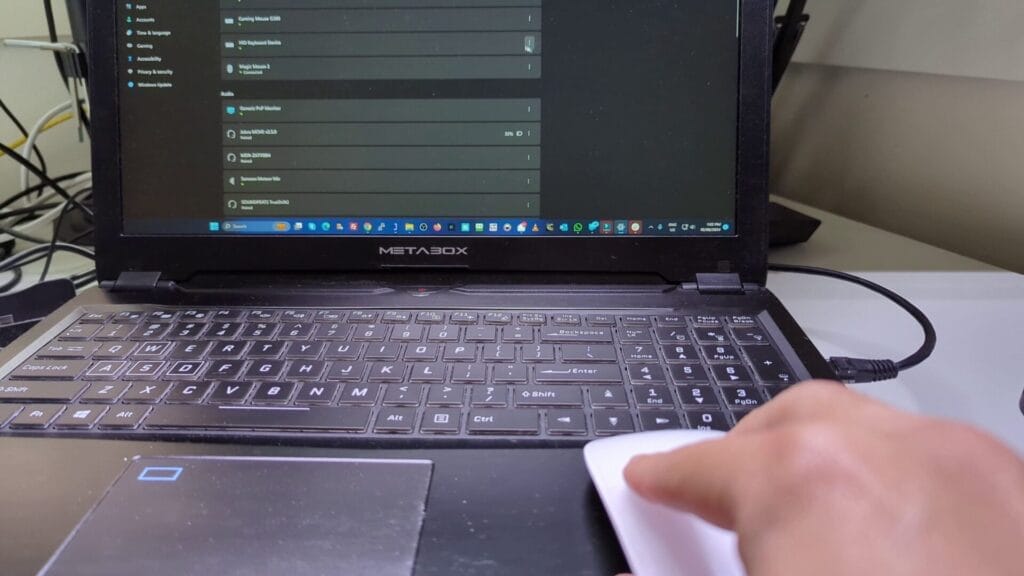
Understanding the Features of the Magic Mouse 2
First off, it’s essential to appreciate what makes the Magic Mouse 2 unique. Apart from its sleek, minimalist design, this mouse is equipped with touch-sensitive surfaces that enable gestures such as swiping and scrolling with just a flick of a finger. Here’s a quick rundown of its standout features:
- Touch-sensitive Surface: Unlike traditional mice, the Magic Mouse 2 allows you to use gestures like swiping between pages or scrolling through long documents seamlessly.
- Rechargeable Battery: With a built-in rechargeable battery, you can say goodbye to disposable batteries. A quick charge usually lasts for weeks.
- Bluetooth Connectivity: This allows for a wireless experience without the hassle of tangled cords.
- Compatibility with Gestures: While primarily intended for macOS, many of its gestures can be customised with third-party applications on Windows.
Why Use a Magic Mouse 2 with Windows 11?
So, why would someone choose a Magic Mouse 2 for their Windows 11 device? The answer lies in its elegance and versatility. Although the Magic Mouse 2 is designed with Apple’s ecosystem in mind, it still provides a level of sophistication rarely matched by standard mice. When I first attempted to integrate it with my Windows 11 laptop, I was a bit sceptical. But my curiosity outweighed the doubts. The clunky feeling that can accompany some Windows interfaces was notably offset by the refined design of the Magic Mouse 2—it’s like pairing fine wine with a delicious home-cooked meal.
Troubleshooting Scrolling Issues
After spending countless hours exploring various forums and articles, I landed on what seemed to be the solution. I discovered that by downloading specific drivers, I could enable the scrolling feature and truly harness the power of the Magic Mouse 2 on Windows. So, if you find yourself facing similar issues, here’s a step-by-step guide based on my experiences:
- Visit the recommended website to download a zip file containing the necessary drivers.
- Extract the files to their default location.
- Navigate to the extracted folder and locate the “Magic Mouse drivers” folder. Inside it, you will find two subfolders.
- Open the “Apple wireless trackpad” folder first. Inside, right-click on the INF file, select “show more options,” and then click “Install.”
- Repeat the same process for the second folder, “Apple wireless mouse.”
- After these installations are complete, do a quick restart of your computer for good measure.
Although I didn’t initially see any visual feedback during the installation, I was assured that the installation was taking place in the background. And believe me, once the drivers were in place, scrolling transformed from being non-existent to fluid and responsive. The moment I felt that smooth scroll beneath my fingertips was a triumphant one—I had finally overcome the technical barrier that stood between me and my Magic Mouse 2’s full potential.
Through this process, I encountered some minor frustrations as I tried alternative solutions before settling on this path. I often found myself experimenting with third-party applications to unlock additional features, and although I had mixed results, the journey itself was quite enlightening.
Alas, my experience with the Magic Mouse 2 has been a mixed bag, filled with anticipation and unexpected challenges. While the hurdles of connecting and enabling all of its features can be daunting at first, the payoff is definitely worth it for those who appreciate design and functionality. As I continue to use this elegant piece of technology on my Windows machine, I look forward to the continual learning it offers on this adventure across platforms.
Step-by-Step Guide to Enable Scrolling
Enabling scrolling on a Magic Mouse 2 while using Windows 11 can seem daunting, but let’s break it down into manageable steps. I’ll share my own experiences throughout the process, which hopefully will make it easier for you to follow along.
Download and Extract the Necessary Files
The first step is to obtain the necessary files that will allow your Magic Mouse 2 to function as intended.
- Start by clicking the above link to download the zip file specific to the Magic Mouse 2. It will directly download the zip file from the website https://github.com/Rain9333/MagicMouse2DriversWin10x64
- Once you’ve downloaded the zip file extract the files from the zip folder. I initially overlooked this step, thinking I could skip it without consequence.
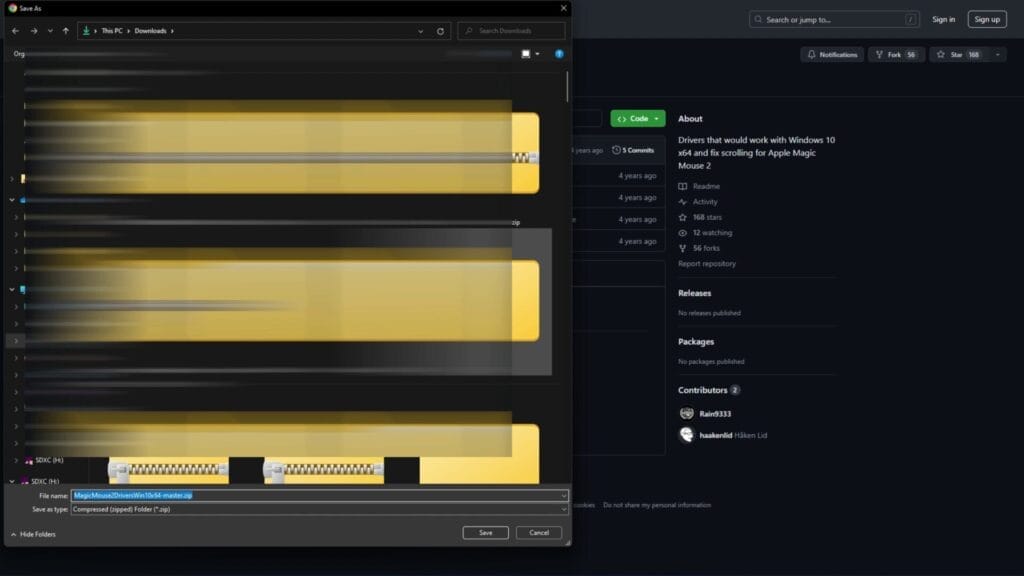
To extract the files:
- Right-click on the zip file and select ‘Extract All…’.
- Choose the default location or a folder where you prefer to keep these files organized.
- Once the extraction is complete, navigate to that folder. Inside, you’ll find named folders that hold the drivers you’ll need.
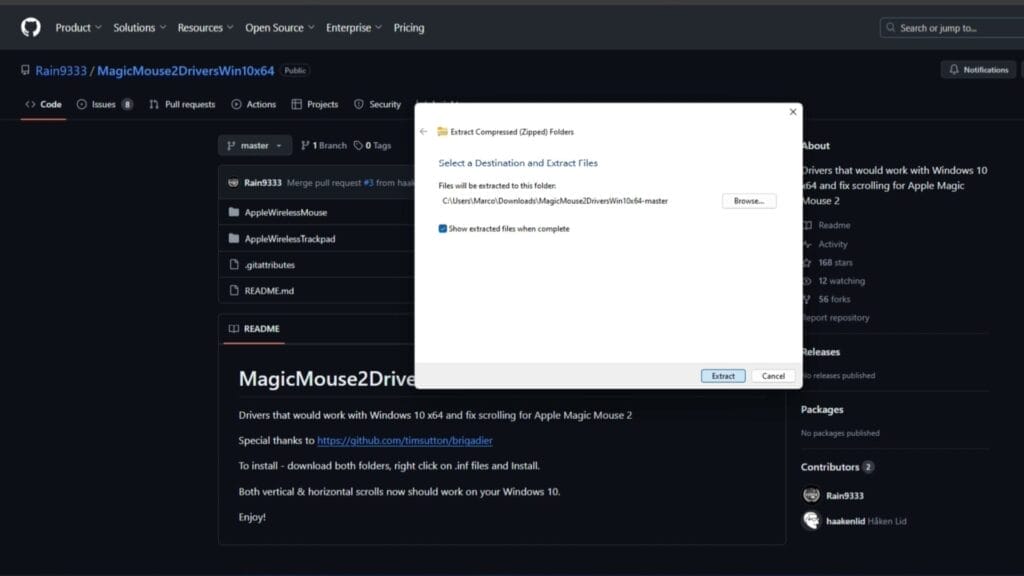
Install the Appropriate Drivers for Functionality
With the files extracted, we’re now ready to install the drivers, which is a fundamental step in getting the scrolling functionality activated. Within the extracted folder, you’ll see a folder called “Magic Mouse Drivers.” I found that the installation process itself is quite simple, yet the steps must be followed precisely.
- Access the first subfolder labelled “Apple wireless trackpad.” Inside this folder, you will find an INF file.
- Right click on the file and select Show More Options
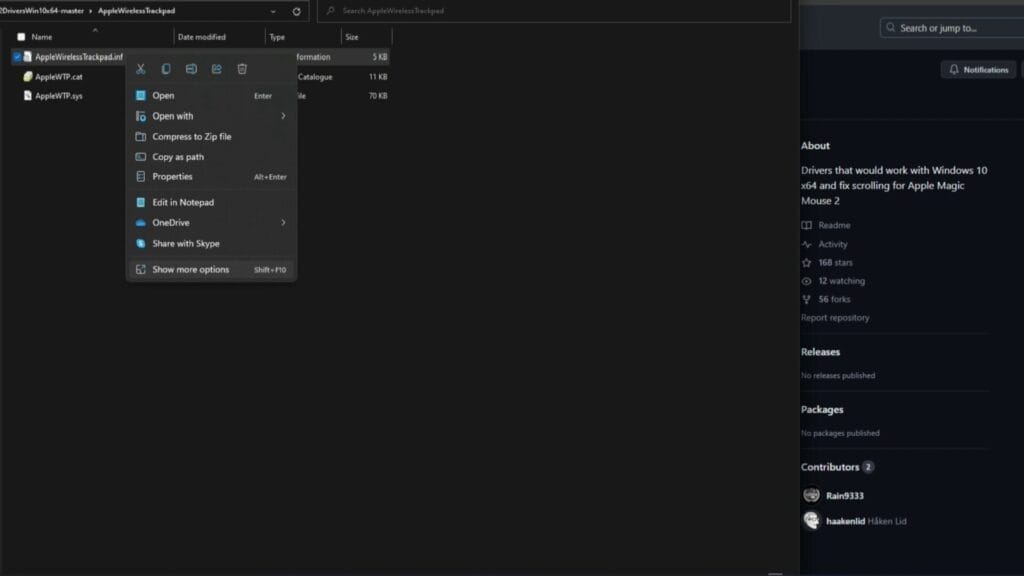
- I remember feeling a tinge of doubt at this point since there was no immediate feedback after the installation began. But I assure you—this is entirely normal, and the drivers are indeed being installed in the background.

To install the driver:
- Right-click on the INF file and choose “Show more options.”
- Select “Install.”
- After a brief moment, the installation should be completed silently.
Next, navigate to the second folder labelled “Apple wireless mouse” and repeat the installation process for its INF file using the same steps. It’s vital to follow each step cautiously to ensure that the drivers are integrated correctly into your system.
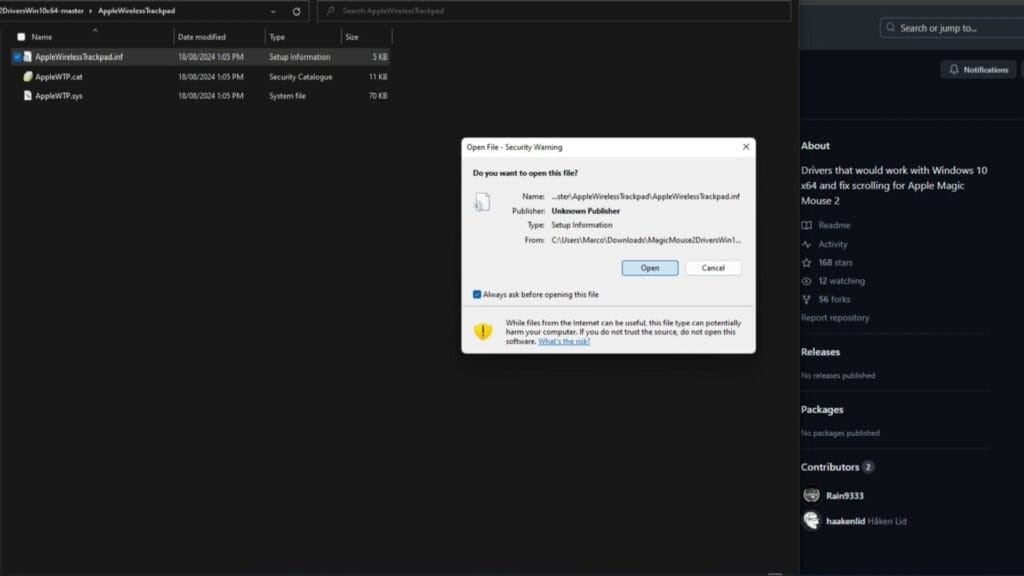
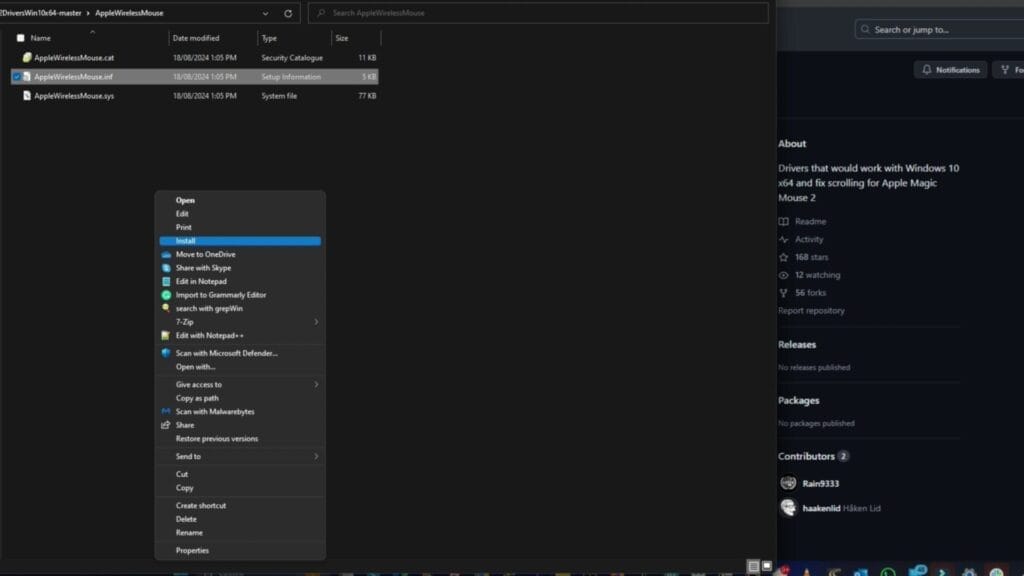
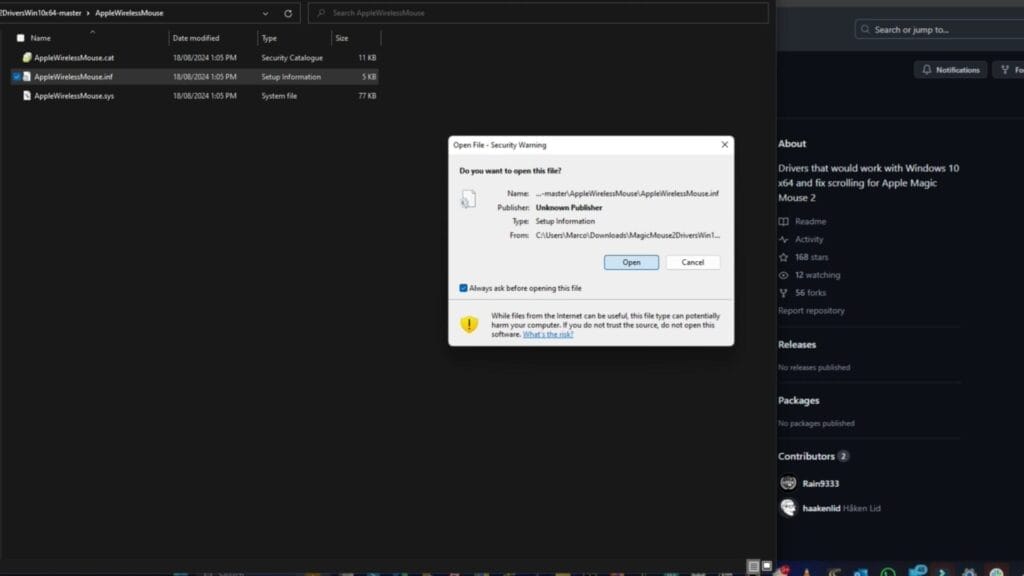
Verifying Your Installation and Testing Scrolling
After completing the installation for both drivers, I found it essential to verify whether the scrolling function actually worked. I’ve faced moments in the past where everything appeared functional, only to discover scrolling was still a dud. So, don’t skip this testing phase!
- Start by opening a webpage or document on your computer.
- Try using the Magic Mouse to scroll through the content. You should feel the smooth scrolling action beneath your fingers as you glide across the mouse.
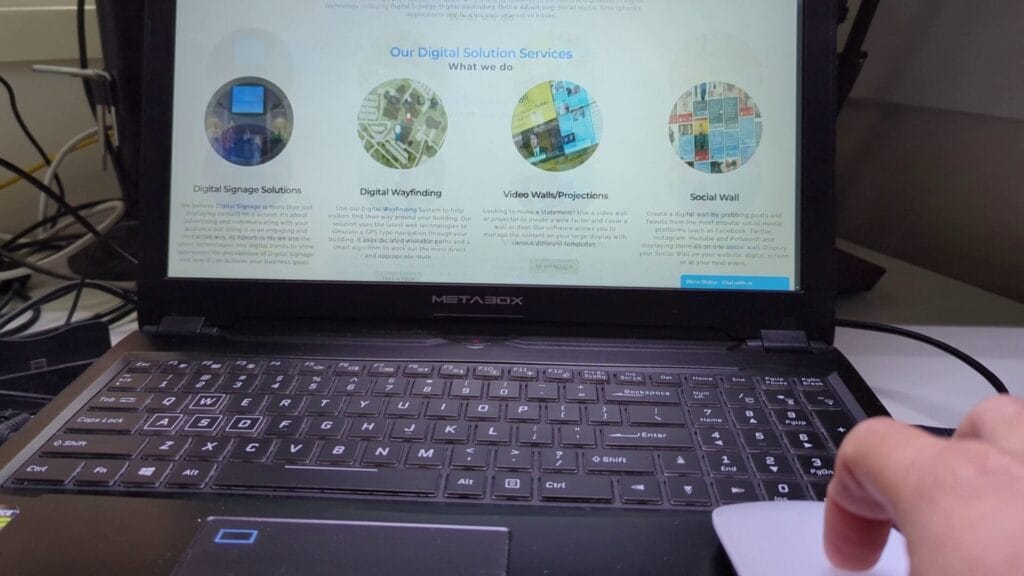
If you find that scrolling is not functioning after installation, don’t be discouraged; it may simply require a reboot of your computer. Sometimes, the changes need a little nudge to take effect. Rebooting often clears up any temporary glitches that could be preventing your mouse from responding as intended. Just make sure that the Magic Mouse 2 cursor moves when it is turned on and then test the scrolling.
Here’s a video showing you these steps on how to enable scrolling for the Apple Magic Mouse 2 on Windows 11:

If this article helped you in any way and you want to show your appreciation, I am more than happy to receive donations through PayPal. This will help me maintain and improve this website so I can help more people out there. Thank you for your help.
HELP OTHERS AND SHARE THIS ARTICLE
LEAVE A COMMENT
I am an entrepreneur based in Sydney Australia. I was born in Vietnam, grew up in Italy and currently residing in Australia. I started my first business venture Advertise Me from a random idea and have never looked back since. My passion is in the digital space, affiliate marketing, fitness and I launched several digital products. You will find these on the portfolio page.
I’ve decided to change from a Vegetarian to a Vegan diet and started a website called Veggie Meals.
I started this blog so I could leave a digital footprint of my random thoughts, ideas and life in general.
If any of the articles helped you in any way, please donate. Thank you for your help.
Affiliate Compensated: there are some articles with links to products or services that I may receive a commission.


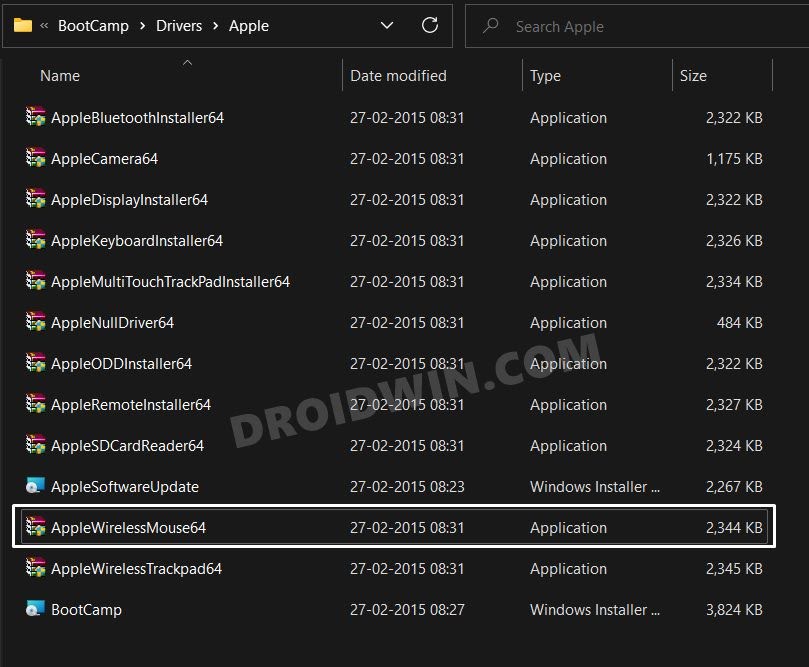
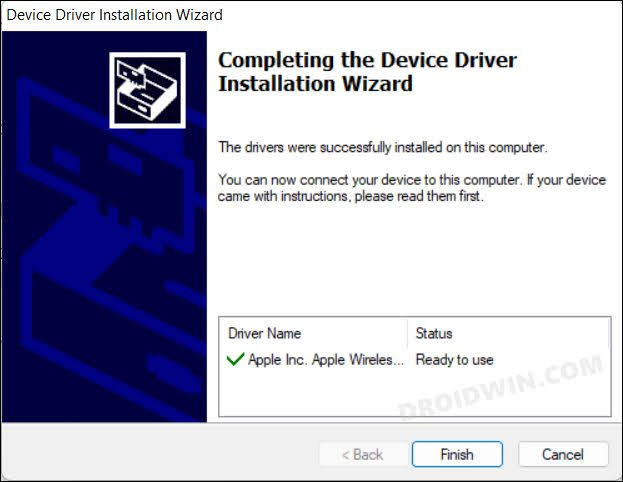
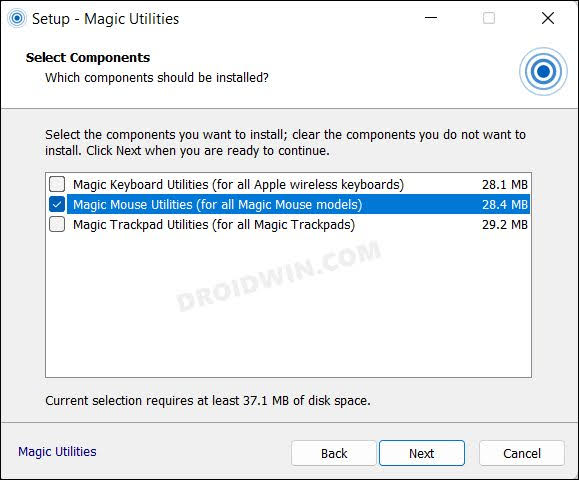
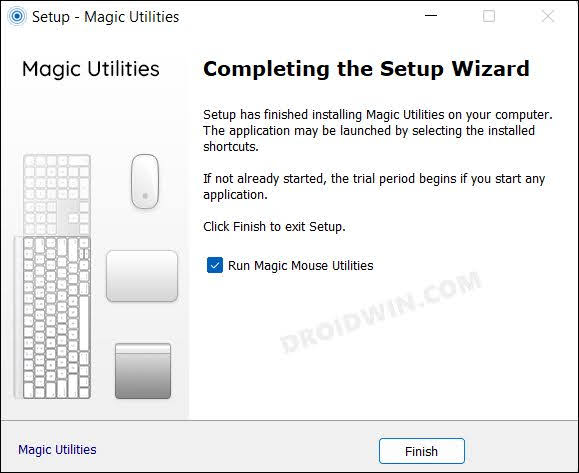
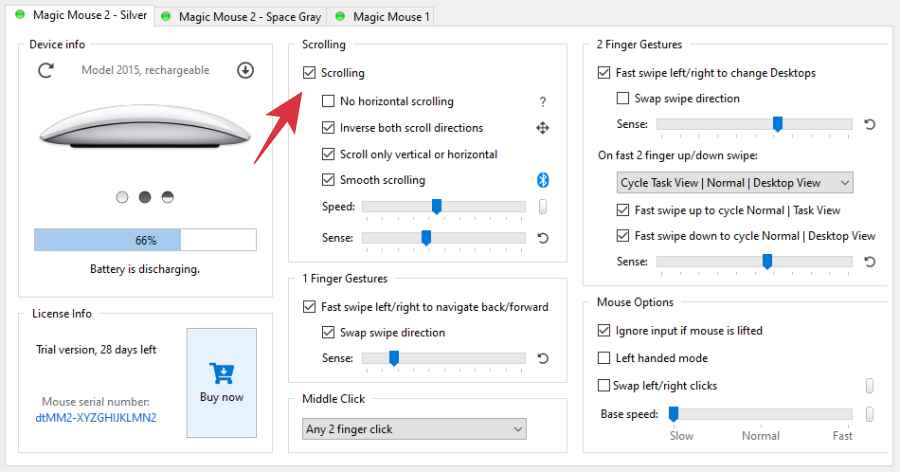
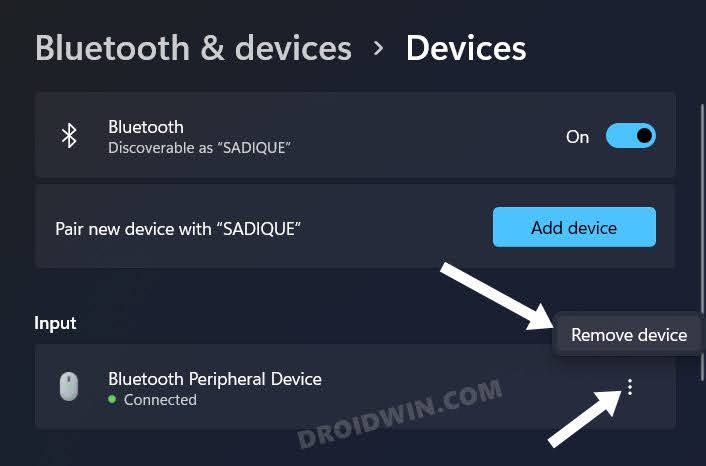
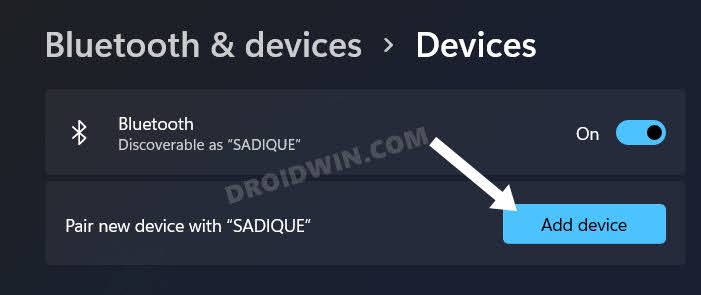

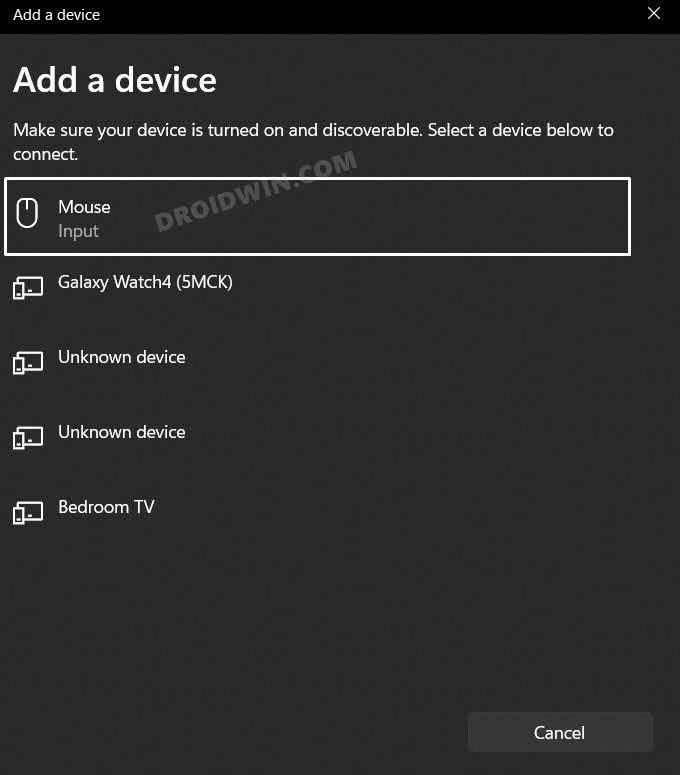
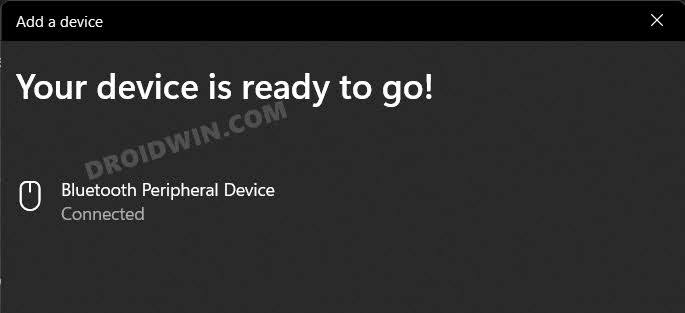
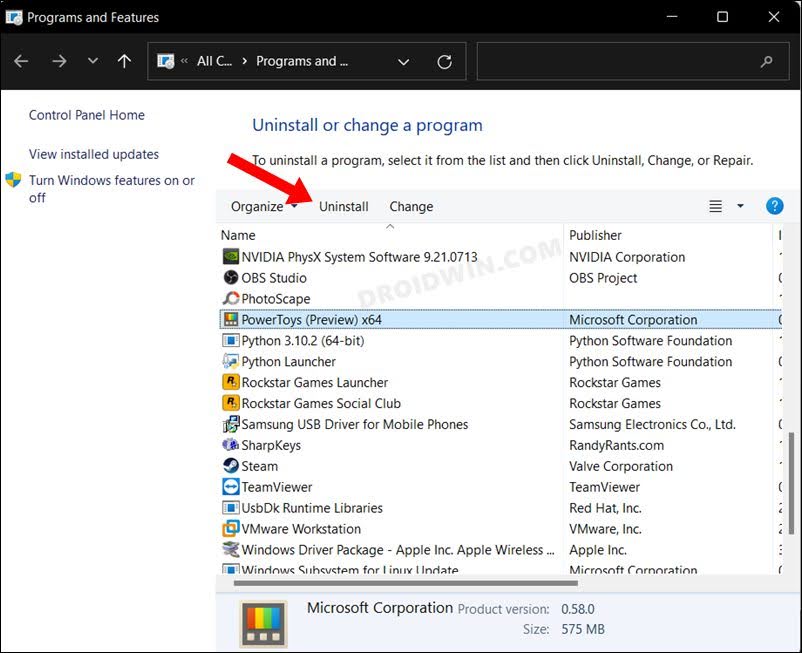
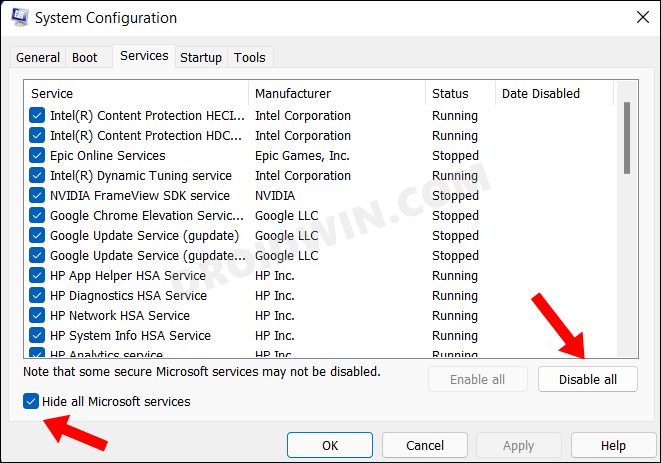
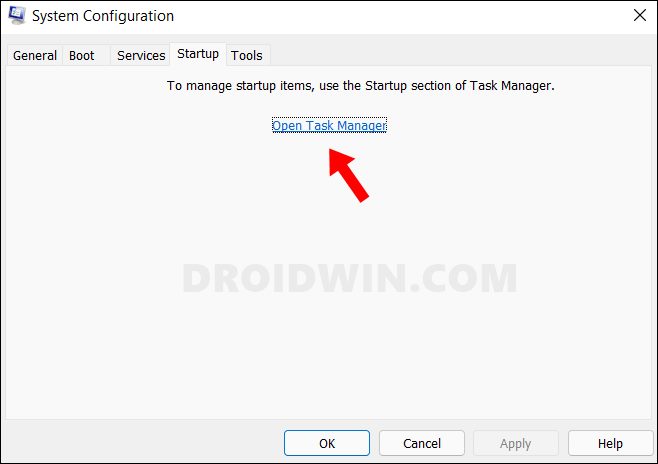
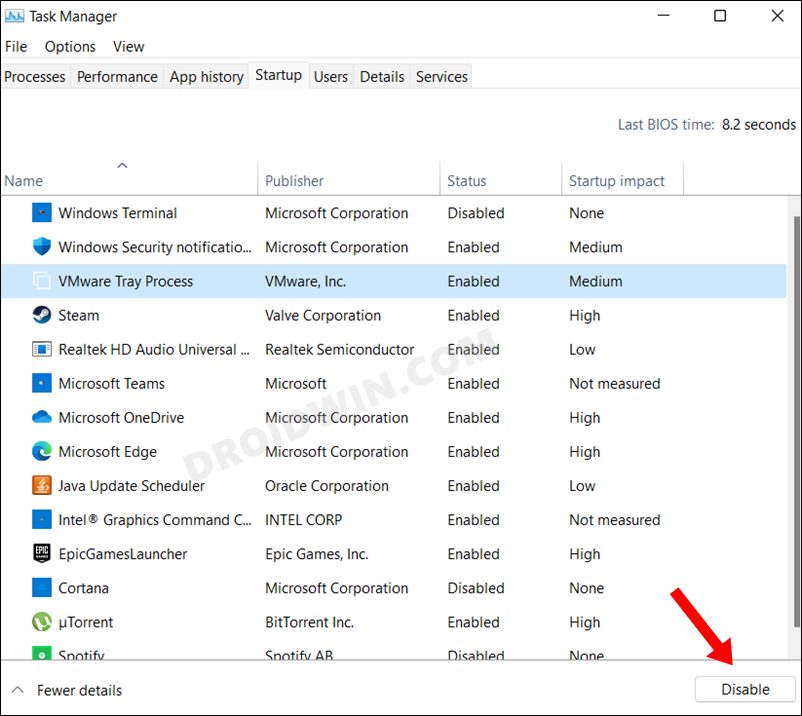
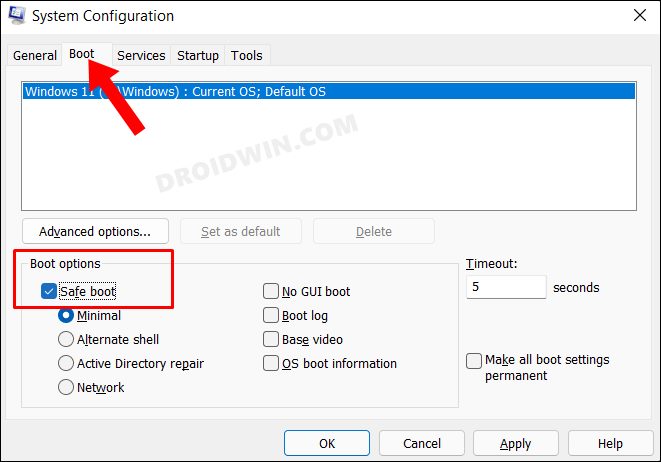
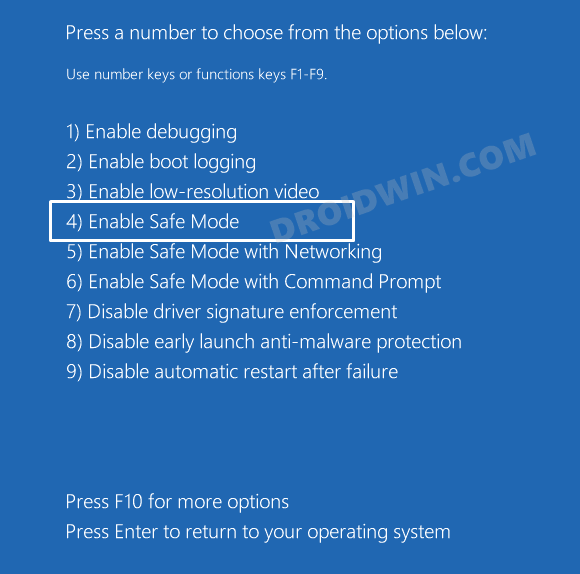
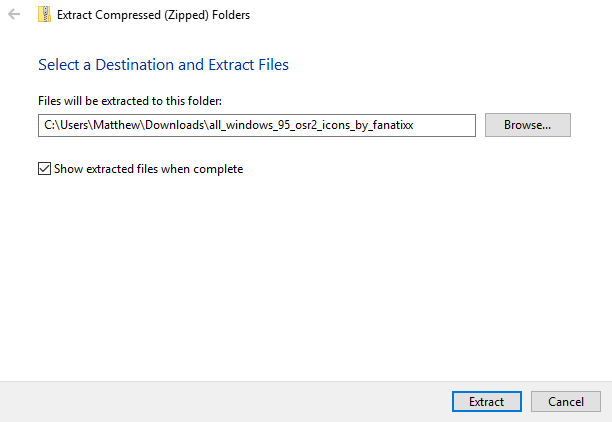



 This is only my test laptop. I had installed Windows 11 here before upgrading my main PC. For my main PC I use everyday see my 2nd system specs.
This is only my test laptop. I had installed Windows 11 here before upgrading my main PC. For my main PC I use everyday see my 2nd system specs.